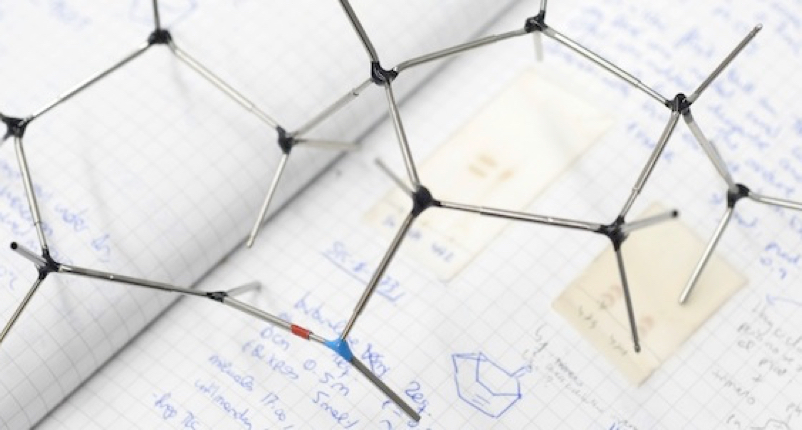Thermal Activation of PEDOT:PSS/PM6:Y7 Based Films Leads to Unprecedent High Short-Circuit Current Density in Nonfullerene Organic Photovoltaics
Finding an effective approach to suppress trap formation is a potential route for enhancing the performance of nonfullerene organic photovoltaic (NF-OPVs) devices. Here, an extraordinary short-circuit current density (JSC) value of 32.65 mA cm-2 is achieved, higher than the state-of-the art NF-OPVs reported, reaching a high power conversion efficiency (PCE) of 17.92%. This remarkable enhancement is exhibited through the fine-tuning of PEDOT:PSS/PM6:Y7 films and interface morphologies via applying the prethermal treatment approach (Pre-TT) to the devices, which exhibit JSC and PCE enhancement of 21% and 8%, respectively, compared to the pristine devices. Accordingly, the dependence of the JSC upon the Pre-TT approach through a range of morphological, optical, electrical, and advanced transient measurements is investigated. The Pre-TT-based films are found to possess optimal smooth blend morphology with better dispersity owing to reduced domain size. Moreover, the measurements show that the optimized treated devices present higher exciton dissociation probabilities and generation rate of the free charge carriers, showing an ideal balanced electron/hole mobility that reveals the JSC and PCE enhancement. Hence, Pre-TT approach provides a facile passivation strategy that reduces the trap state density of the blend film, improves interface charge transfer, allows balanced electron/hole mobility, and thus promotes device performance.

Moustafa, M.; Méndez, M.; Sánchez, J. G.; Pallarès, J.; Palomares, E.; Marsal, L. F.
Adv. Energy Mater. 2022, 2203241
DOI:
10.1002/aenm.202203241

Let's create a brighter future
Join our team to work with renowned researchers, tackle groundbreaking
projects and contribute to meaningful scientific advancements




















